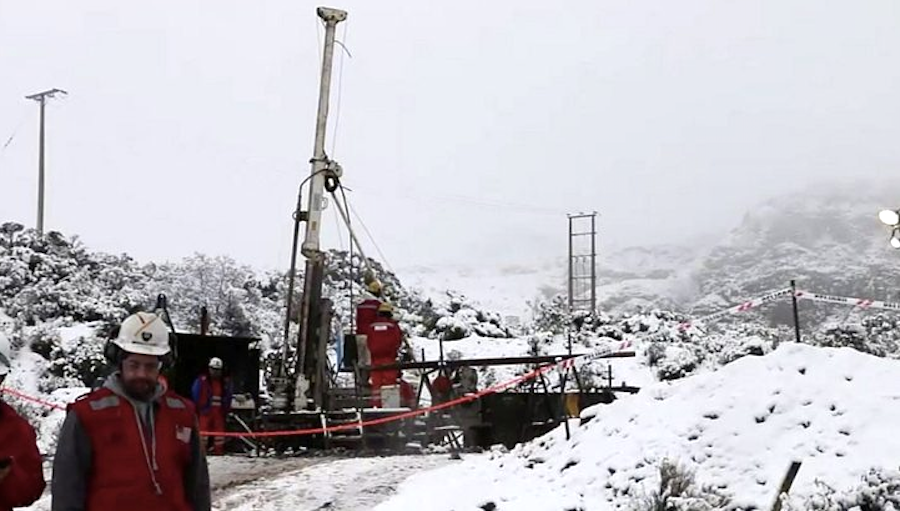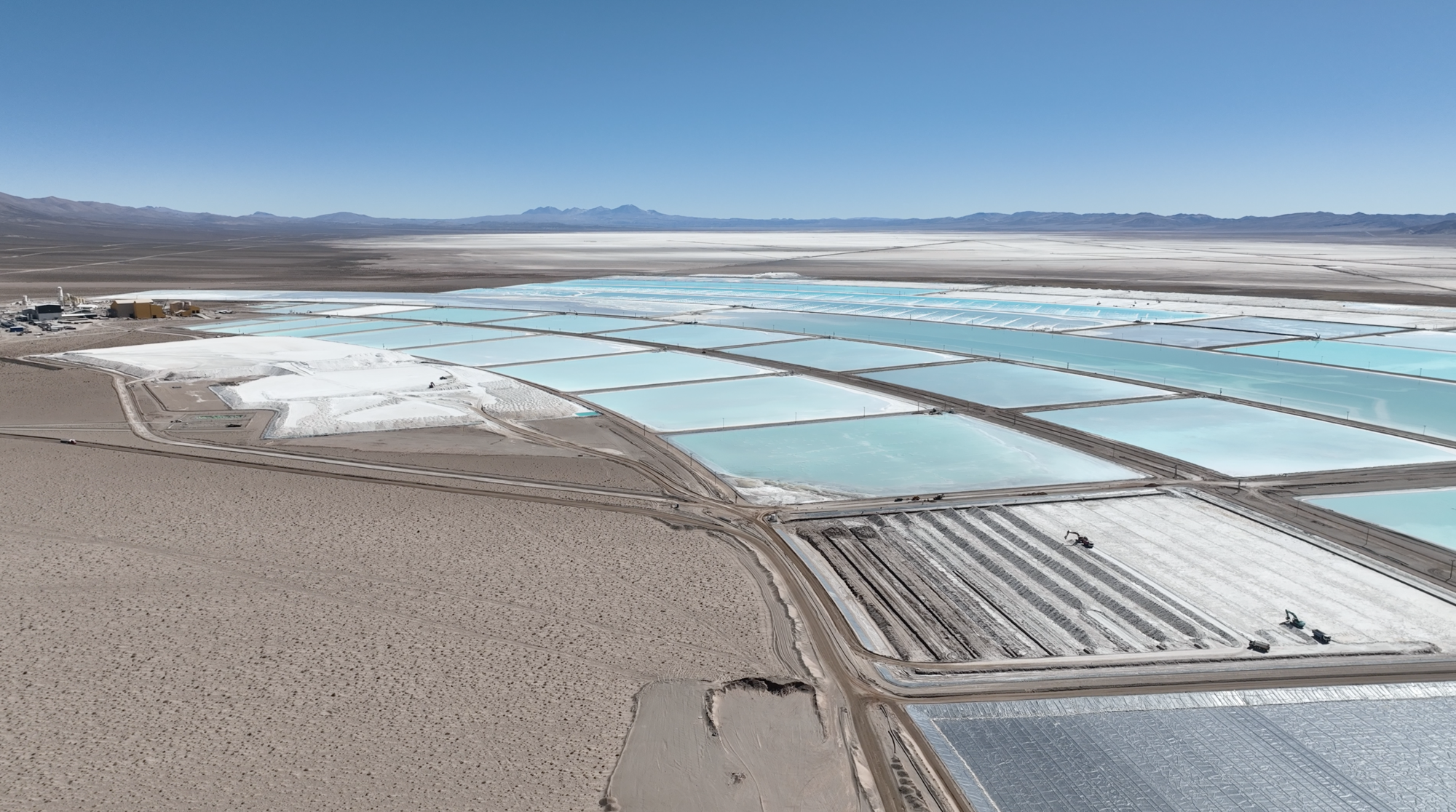Fiscal for two missing miners in Chile expects to learn the truth of what happened in Mandalay’s mine

As chances of rescuing alive two miners trapped underground in southern Chile become almost nil, one of the authorities involved in an investigation into Mandalay Resources’ (TSX:MND) mine accident says at this point what matters is to learn the truth of what really happened.
For us, it is a case of “missing person, presumptive tragedy,” states the Fiscal Pedro Salgado on the phone from Coyhaique, 1.500 kilometers south of Chile’s capital Santiago, when explaining his role in the search of the two missing miners trapped at Delia II, part of Canadian Mandalay’s part of the Cerro Bayo complex.
It was in the night shift of June 9, at 3 am, when Jorge Sánchez (26) and Enrique Ojeda (34) warned via radio the mine was flooding. It was the last time anyone heard from the workers, who were operators of a front loader and a truck working 150 meters underground.
Salgado received a report from Chile’s police the next day, and since then his office has been collecting information from the different sources involved in the search and rescue.
The official notes his mission is to determine whether there was or not misdemeanour. When mentioned that Union members say there were previous warnings from the workers that the mine was flooding and no actions were taken by the mine’s administration, Salgado says he does not take into account opinions or rumours, even those of the experts who believe the miners are not alive. He wants facts.
Salgado notes the case will be open until there is enough evidence of whether the missing workers are or not alive.
The community in Coyhaique is in alert and in shock because of the unknown destiny of the missing miners, something Pedro Salgado knows well since he has been living in Aysén since 2003 and became the region Fiscal in 2010.
Mandalay has said that the reopening of the mine rests on the outcome of investigations.
The company’s Cerro Bayo complex, which produced around 14,000 ounces of gold and 1.7 million ounces of silver last year, is located in Chile’s Aysén region, one of the country’s least populated, but which is known for its abundance of lakes and glaciers.
More News
Rio Tinto buyout target Arcadium posts loss on falling lithium prices
Rio Tinto plans to create a standalone lithium division after it completes the $6.7 billion acquisition.
February 27, 2025 | 02:10 pm
Panama’s ‘novel ideas’ comments offer hope for giant copper mine
Speaking to reporters in Panama City Thursday, Jose Raul Mulino said he will visit towns near the mine that have been affected by its closure.
February 27, 2025 | 11:00 am
{{ commodity.name }}
{{ post.title }}
{{ post.excerpt }}
{{ post.date }}



Comments